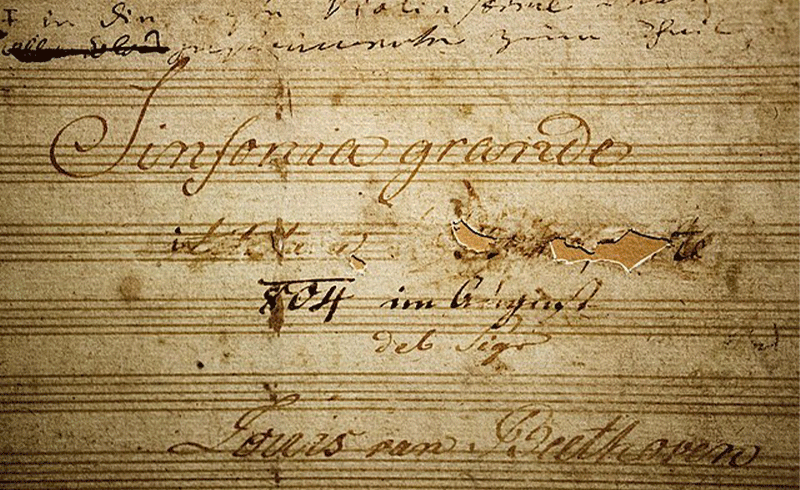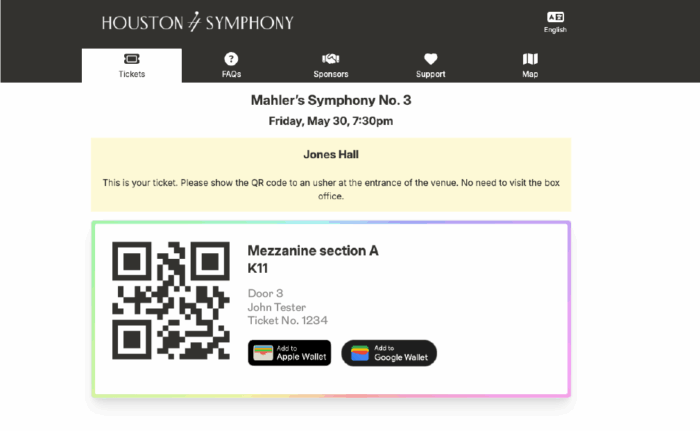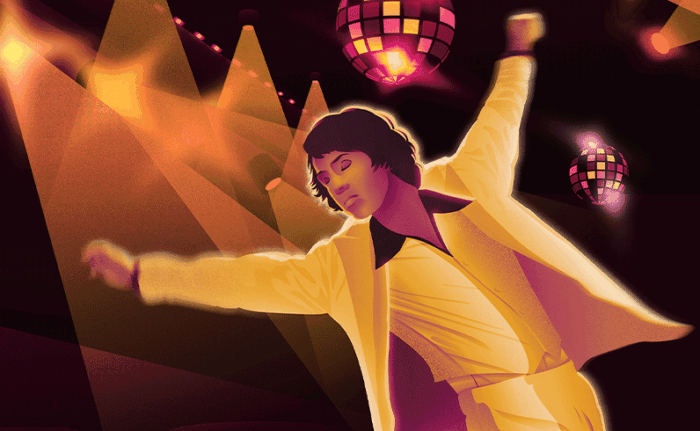Join the Houston Symphony and Music Director Juraj Valčuha for the conclusion of the Tragedy and Triumph Festival on March 22, 23 & 24, and experience the power of Beethoven’s Symphony No. 3, Eroica.
Beethoven’s Eroica Symphony has captivated and astounded audiences since its premiere over two centuries ago. For possibly the first time, a composer used a symphony not as a purely abstract musical work, but a vehicle to convey ideas and beliefs, all while constructing an overarching narrative design. This deepening of musical language played a profound role in pushing the genre forward, redefining what a symphony could be and forever changing how audiences engage with music.
“I shall meet thee bravely…”
In the spring of 1802, Beethoven was advised by his doctor to take up temporary residence in the country village of Heiligenstadt. This stay was intended to allow the chronically ill composer to regain his strength and potentially stem the loss of his hearing. Far from taking a vacation, Beethoven sustained an already ongoing stream of remarkable creativity and prolificity.
For all his compositional efforts during his Heiligenstadt stay, one of the most profound and lasting of his creations was not a work of music at all, but a letter addressed to his brothers that history would come to know as the Heiligenstadt Testament. In it, Beethoven expressed his increasing bitterness and despair over the effect his declining hearing had on his life and his vocation. In the letter, Beethoven even shared that the suffering caused by his ailment had driven him to the brink of suicide.
“It was only my art that held me back. Oh, it seemed impossible to me to leave this world before I had produced all that I felt capable of producing, and so I prolonged this wretched existence — truly wretched for so susceptible a body that a sudden change can plunge me from the best into the worst of states.”
Here Beethoven expressed he would not succumb to his cruel fate, but seize it as an opportunity to move toward what he called a New Path. In was in this state that Beethoven transitioned into the composer who would create the Sinfonia Eroica.
A Revolutionary Work in Revolutionary Times
Beethoven again took leave from Vienna the following year. In the small village of Oberdöbling, he would devote himself to what would become his Eroica Symphony. A recent peace treaty between France and Austria led many liberal and anticlerical thinkers in Austria, Beethoven among them, to view Napoleon Bonaparte as a peacemaker, someone who could potentially end Europe’s reign of tyrannical governments. A dedicated subscriber to the Aufklärung, Beethoven dedicated his new symphony to the benevolent despot. When Napoleon declared himself emperor, Beethoven famously erased the French ruler’s name from the symphony’s manuscript so violently that a hole is left in the page. What allowed the work to continue on as a “heroic” symphony was that it was never a programmatic piece on Napoleon specifically but a work dedicated to the idea of a hero set on creating a new world order, one based on the Enlightenment ideas of human happiness, a harmonious society, and freedom.
The New Path Realized
For his Eroica Symphony, Beethoven dramatically expanded the classical symphony structure set by Haydn and Mozart. But rather than casting aside what his predecessors had established, Beethoven utilized their confined structures and bent them to his will, taking classical form to new levels of creativity and musical expression.
The symphony opens with two explosive E-flat chords, grabbing the listener’s attention while simultaneously grounding us in the home key of the piece. The movement then introduces the “hero” theme and goes on to be the largest in scope of any symphonic work up to that time. One noteworthy innovation is the use of a brand-new theme introduced during an already dramatic and varied development section.
Beethoven himself labeled the second movement as Marcia funèbre (funeral march). Funeral marches had been written in France in the wake of the French Revolution, some of which were well known to audiences in Vienna. The placement of a dirge in a “heroic” symphony can be viewed as the burial of the dead following battle. Others have viewed it as a funeral mass for the martyred hero. Either way, the idea of an audience interpreting the “meaning” of a symphonic movement was itself revolutionary.
At the time of the Eroica’s composition, a minuet was custom for the third movement of a symphony, however, it had now mostly been supplanted by the scherzo. Literally translating to “joke,” the scherzo is faster and more cheerful than the stilted minuet. Here Beethoven utilizes aspects of folk music and uses the movement’s central trio section to display a trio of horns in their primitive hunting role.
For the finale, Beethoven uses a theme and variations format. Instead of simply laying out a series of contrasting variations, he builds an emotional arc that begins with an unadorned bassline, then introduces new material over the course of the movement that culminates in a drop in tempo and a solemn hymn-like presentation of the main theme. The final coda is a resounding ode to humanity’s triumph, a celebration of freedom in an age of despots.
The “darkness to light” narrative would carry on in Mendelssohn’s Symphony No. 3, The Scottish, which you can hear performed live by the Houston Symphony and Juraj Valčuha on January 12, 13 & 14, as well as Tchaikovsky’s Symphony No. 5, which the Symphony performs on February 8, 10 & 11 under the baton of Itzhak Perlman. These works represent the artists’ ability to overcome adversity through their work, resulting in music that reflects our broader human determination to persevere through hardship. —David Early



